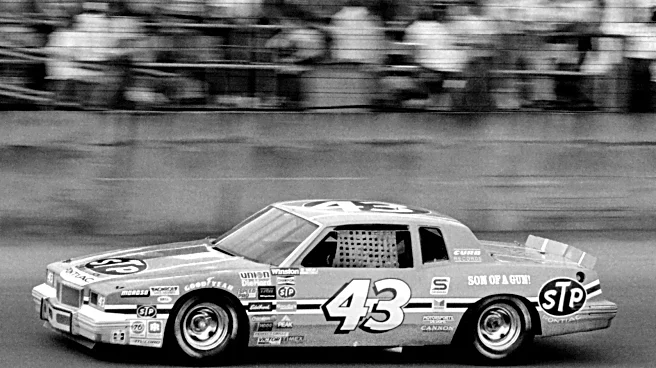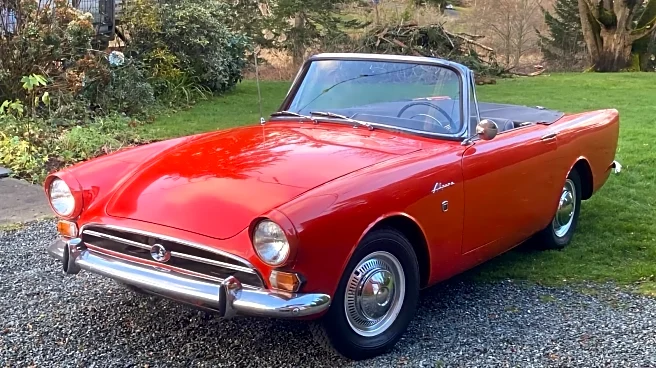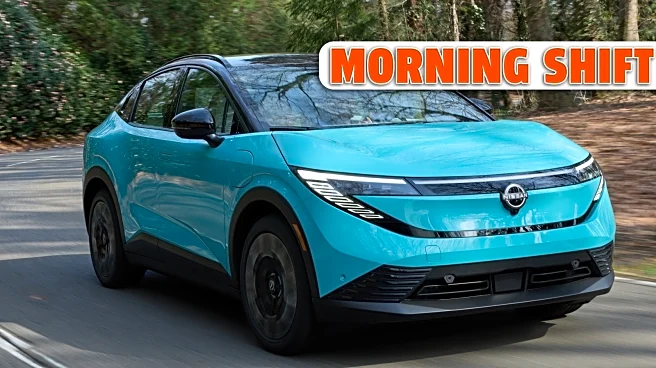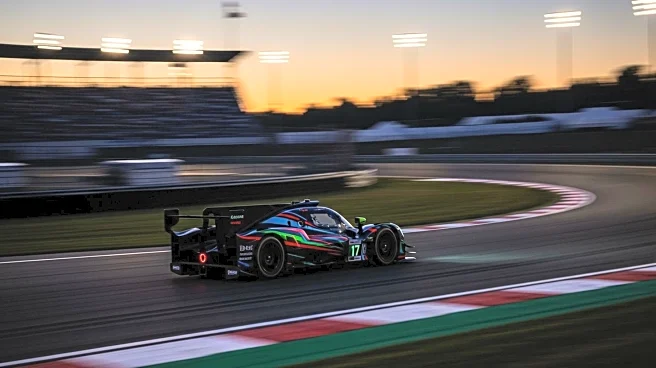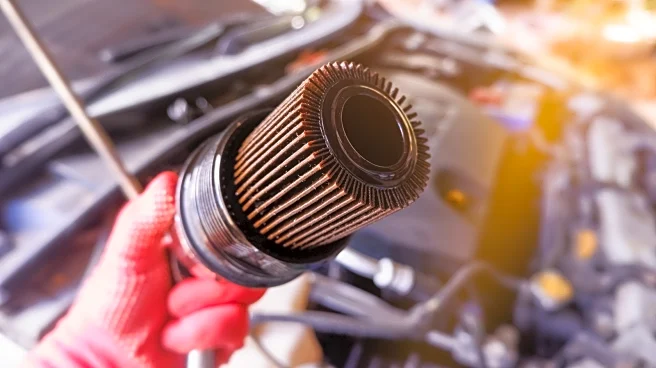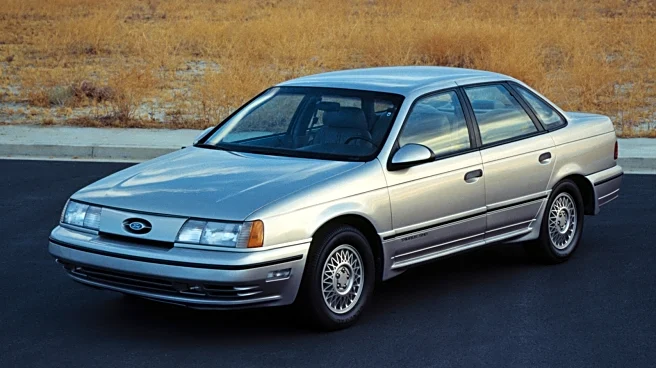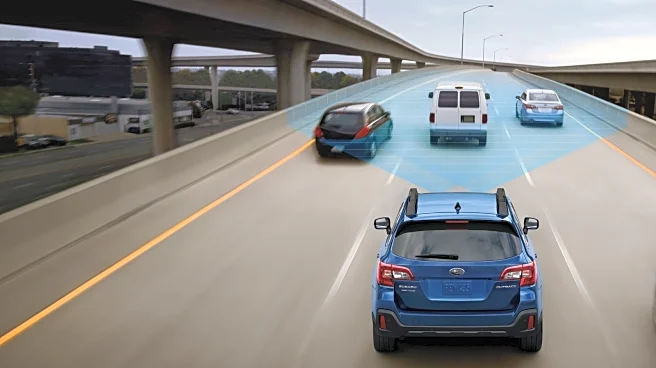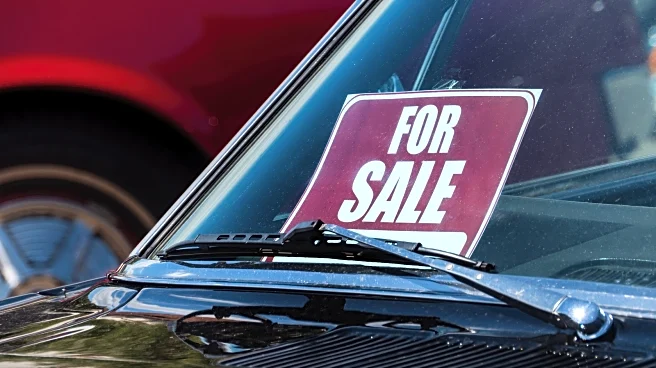
NASCAR has always been interesting to watch because of the sheer speeds involved. With speed comes danger, and with danger comes excitement — you can't see racing like this anywhere else. But by the mid-1980s, technology and engineering had advanced so far that cars could reach speeds over 210 mph — as evidenced by Bill Elliott in 1987. He piloted his Ford Thunderbird to an astonishing 212.809 mph average while qualifying for the Winston 500 in one of the most unforgettable moments at Talladega,
recording the fastest official lap in NASCAR history. Motivating the Thunderbird was a 351-cubic-inch Ford V8 pushing out 625 horsepower.
During the race just days later, though, Bobby Allison's car blew a tire at over 210 mph and tore into the catch fence. Allison survived, but it was one of the crashes that will haunt racing fans forever. Flying debris posed a serious risk to those in the grandstands, and NASCAR officials knew speeds had reached a breaking point.
The solution arrived in 1988 in the form of a restrictor plate. This square of aluminum drilled with four small holes was bolted between the carburetor and intake manifold to limit airflow, and by extension, horsepower. That meant speeds at tracks like Talladega and Daytona dropped by roughly 10 mph, clustering cars closer together but reducing the likelihood of a single-car disaster. Some argued restrictor plates created pack racing that led to bigger pileups, but without them, speeds would only have climbed higher. Elliott's '87 Thunderbird was proof of what was possible before restrictor plates were introduced, and perhaps also proof of why NASCAR had no choice but to step in.
Read more: Every 2025 Formula 1 Livery, Ranked From Worst To Best
How Fast Would Modern NASCAR Machines Go Without Restrictor Plates?

Wind the clock forward a decade and a half, and Rusty Wallace was given the unique chance to sample how fast an unrestricted stock car could really go. In June 2004, at a private test for NASCAR sponsor Nextel at Talladega, Wallace was asked to help evaluate radio communications at higher speeds. At first, his Penske Racing Dodge ran at 199 mph, but there was an issue — the team had brought the wrong restrictor plates. Wallace, clearly not shy of an adventure, urged the crew to pull the plate completely.
On his next run, the car screamed past the start/finish line at what Wallace recalled in Speed Sport as a staggering 241 mph, averaging 238 mph around the 2.66-mile oval before vibrations shredded his right-side tires. Others cited the car's top speed at 228 mph, but either way, while unofficial, it was a number that obliterated Elliott's 1987 record and also offered a glimpse into what was possible had restrictor plates never been implemented.
This run raises a tantalizing question in 2025: What could a modern NASCAR car, armed with today's technology, achieve without restrictions? According to Earnhardt Childress Racing's technical director Andrew Randolph, via Engine Builder, improvements in materials, tolerances, and design mean today's naturally aspirated motors can generate more than 850 horsepower unrestricted. Compare that to Elliott's 625-hp Thunderbird, and it's clear the potential leap is enormous.
Looking back on his derestricted run, Wallace mused, "Can you imagine what they could do now?" It's a rhetorical question that not only builds excitement for fans, but likely also leaves NASCAR officials quietly relieved that we'll never find out.
Want more like this? Join the Jalopnik newsletter to get the latest auto news sent straight to your inbox...
Read the original article on Jalopnik.
